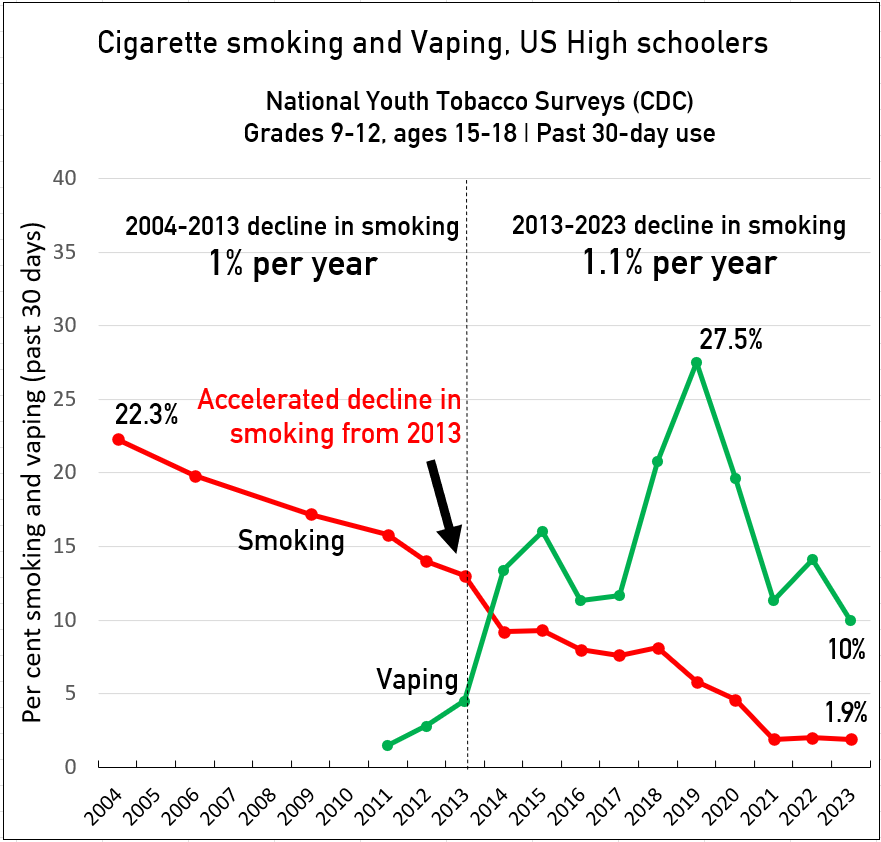Australia’s Health Minister, Mark Butler, has expressed concern over the rise in youth smoking rates, blaming the growth on the increased prevalence of vaping. However, this claim warrants further examination, with recent statistics showing a rise in smoking amongst 14-17 year-olds from 6.7% in 2022 to 12.8% in early 2023, while vaping stood at 14.5% in the same demographic.

Butler believes more restrictive vaping policies are needed to combat this. However, countries with similar youth vaping rates such as the U.S., Canada, New Zealand, and England have seen a substantial decline in youth smoking, suggesting a different regulatory approach may be needed.
Critics argue that the prescription model of vaping regulation has been ineffective and has created a black market. A tightly regulated consumer market could offer safer products, dismantle the illicit trade, restrict youth access, and provide a controlled channel for adults seeking to quit smoking, alongside posing fiscal benefits through taxation.

Evidence suggests the health risks associated with youth vaping are relatively minor, particularly compared to smoking. Furthermore, vaping doesn’t appear to serve as a gateway to smoking, indeed, it appears to be diverting youth away from smoking.
In light of this, recommendations are being made for a more adaptable approach to legislation. Acknowledging failure of current policies isn’t an admission of failure but a commitment to public health. If Australia were to align their vaping policy with international best practice, it could potentially result in better outcomes in curbing youth smoking.
National Party leader David Littleproud’s recent admission that he misjudged the prescription model of vaping is lauded as the reflection of the responsiveness and humility required in policy-making. The call is now for a pivot in policy, prioritising public health over political expediency to tackle youth smoking effectively.



















